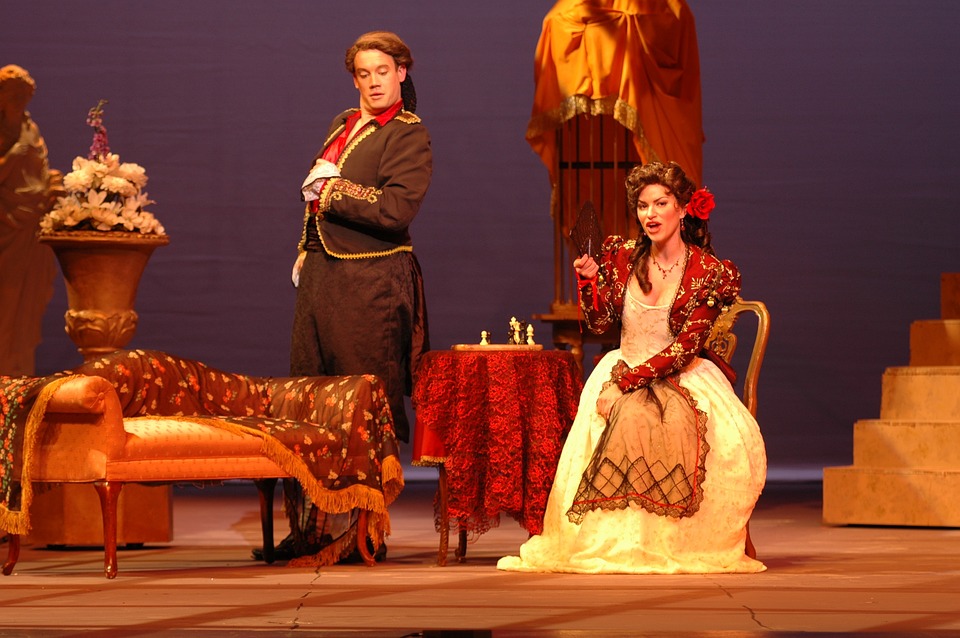Introduction
Seville, the capital of Andalusia, a region in southern Spain, is a city that effortlessly blends tradition with modernity. With its rich history, vibrant culture, and passionate people, Seville is a place that captivates visitors from all over the world.
A History Steeped in Tradition
Seville has a fascinating history dating back thousands of years. The city has been inhabited by various civilizations including the Romans, the Moors, and the Christians, all of whom have left their mark on its architecture, traditions, and cultural heritage. The Alcázar, a stunning Moorish palace, and the Gothic Seville Cathedral are prime examples of the city’s historical treasures.
Seville: A City of Festivals
Seville is famous for its vibrant festivals, which showcase the city’s passion and flamboyance. One of the most renowned festivals is the Feria de Abril, a week-long celebration of music, dancing, and traditional costumes. Another popular event is Semana Santa, the Holy Week processions, where religious fervor and artistic expression come together to create a truly unforgettable experience.
The Flamenco Connection
Seville is often considered the birthplace of flamenco, a vibrant and passionate Spanish art form. The city is filled with flamenco venues, where locals and tourists alike can experience the heart and soul of this captivating dance. From traditional tablaos to modern theaters, Seville offers an array of options for witnessing the expressive power of flamenco.
Gastronomic Delights
Seville’s culinary scene is as rich and diverse as its cultural heritage. Traditional dishes such as gazpacho, pescaíto frito (fried fish), and tapas take center stage in the city’s many restaurants and bars. The atmosphere of Seville’s bustling tapas bars, where the locals gather to socialize and enjoy small plates, is an essential part of the city’s food culture.
A City Rooted in Tradition, Embracing Modernity
While Seville is proud of its history and traditions, it also embraces modernity and innovation. The city has undergone significant urban development in recent years, with iconic structures such as the Metropol Parasol, a contemporary wooden structure known as “Las Setas” (The Mushrooms), adding a modern touch to the skyline. The combination of old and new creates a unique and captivating atmosphere throughout the city.
FAQs
Q: When is the best time to visit Seville?
A: The best time to visit Seville is during spring (March to May) or autumn (September to November) when the weather is pleasant, and numerous festivals take place.
Q: How can I explore Seville’s historical sites?
A: Seville’s historical sites are easily accessible by foot. Consider taking a guided walking tour to learn more about the city’s history and significance of each landmark.
Q: Where can I experience authentic flamenco performances?
A: There are several renowned flamenco venues in Seville, such as Casa de la Guitarra, El Arenal, and La Casa del Flamenco, where you can witness authentic and captivating flamenco performances.
Q: What are the must-try dishes in Seville?
A: Don’t miss trying traditional Sevillian dishes like salmorejo, rabo de toro (bull’s tail stew), and the famous churros with chocolate for breakfast at one of the local cafes.
Q: Can I visit Seville’s historical sites for free?
A: Some sites, like the Metropol Parasol, offer free entry; however, most historical sites, including the Alcázar and Seville Cathedral, have an admission fee.

